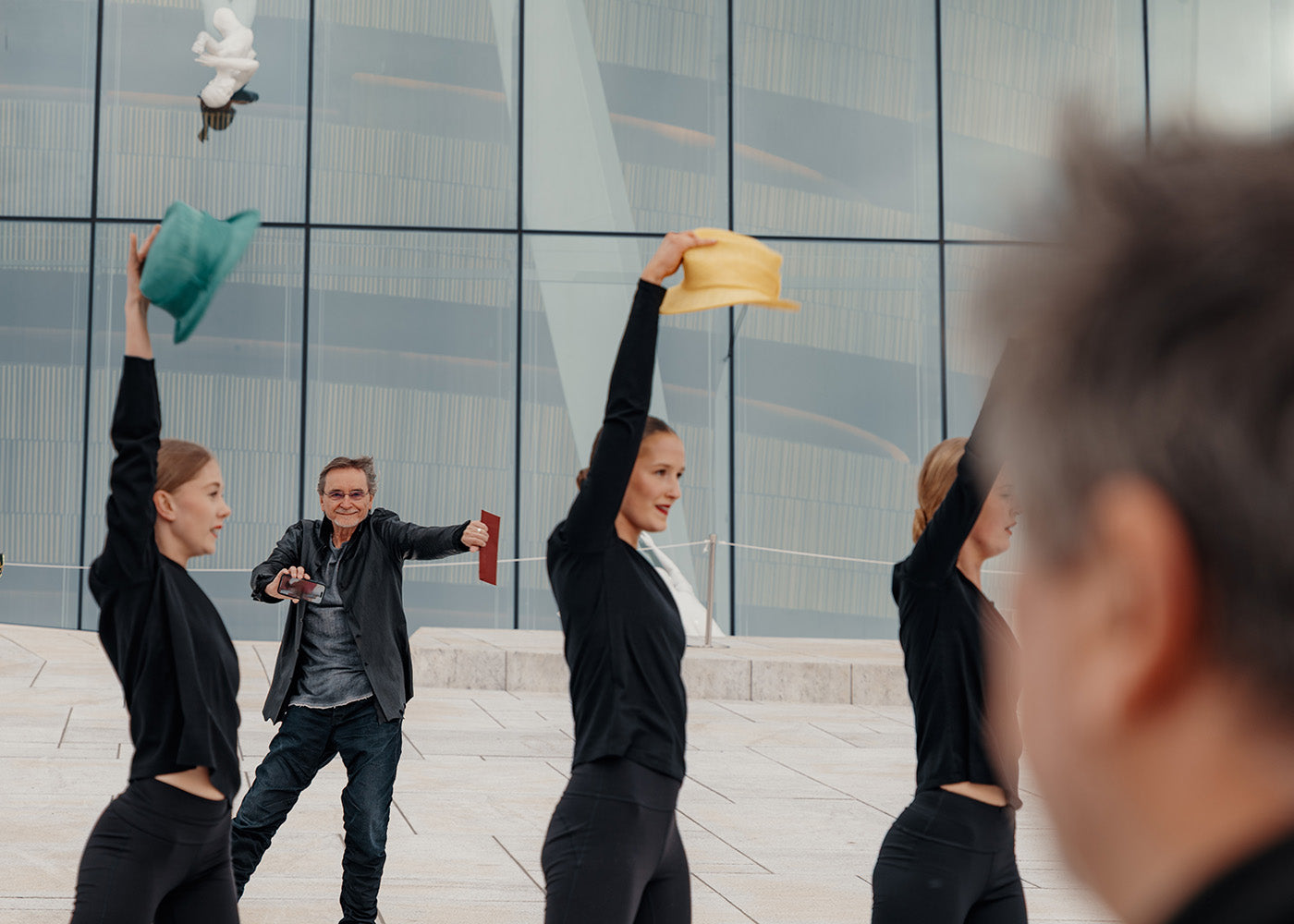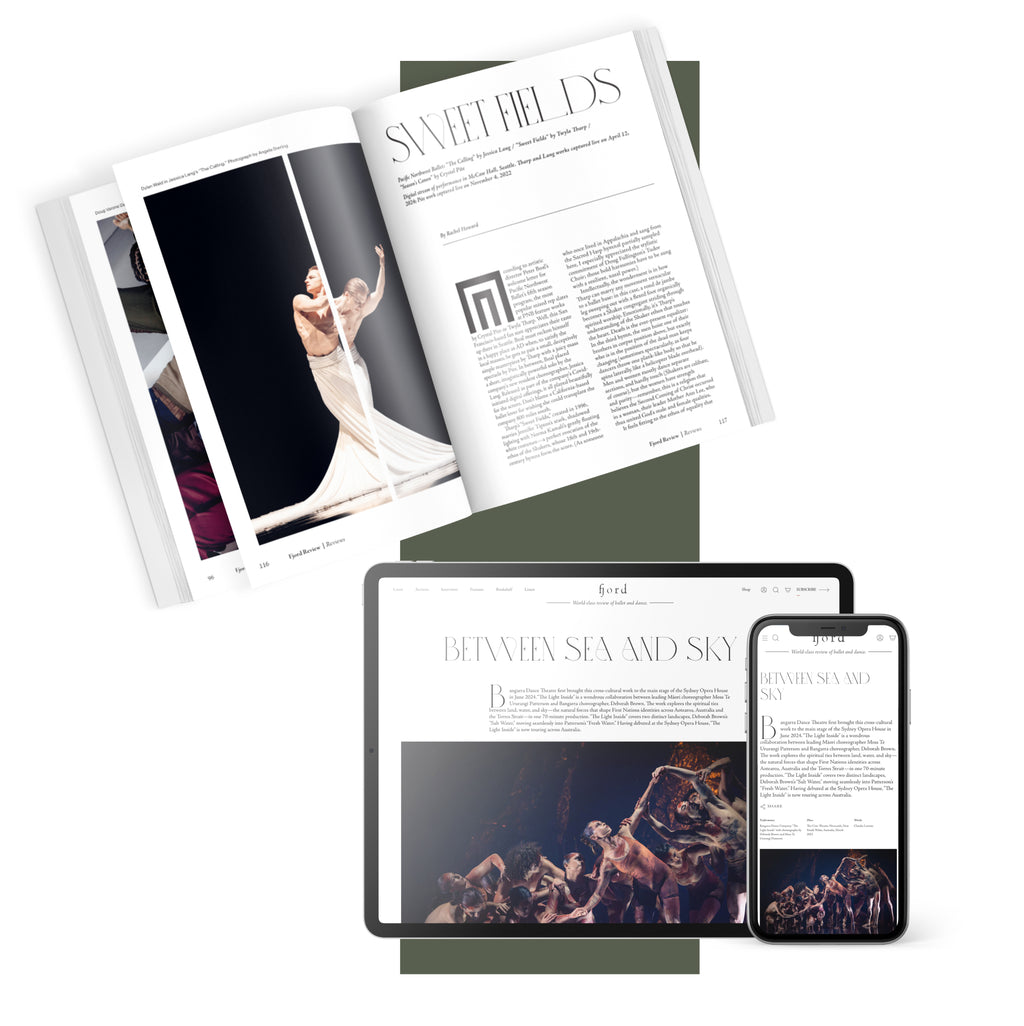Critic's Picks 2025
Throughout the year, our critics attend hundreds of dance performances, whether onsite, outdoors, or on the proscenium stage, around the world.
Continue Reading
World-class review of ballet and dance.
The world-renowned Czech choreographer and multimedia artist Jiří Kylián was recently honored with a retrospective festival at the Oslo opera house. For “Wings of Time,” running from May 29 through June 14, 2025, Kylián’s creative fingerprint was everywhere. His sculptures adorned the building’s façade, his photographs and large-scale installations took over the backstage spaces, four of his dance films were screened in the smaller theater, and seven of his greatest ballets (spanning from 1978 to 2008) were performed by the Norwegian National Ballet.



“Uncommonly intelligent, substantial coverage.”
Your weekly source for world-class dance reviews, interviews, articles, and more.
Already a paid subscriber? Login

Throughout the year, our critics attend hundreds of dance performances, whether onsite, outdoors, or on the proscenium stage, around the world.
Continue ReadingOn December 11th, the Alvin Ailey American Dance Theater presented two premieres and two dances that had premiered just a week prior.
Continue ReadingThe “Contrastes” evening is one of the Paris Opéra Ballet’s increasingly frequent ventures into non-classical choreographic territory.
Continue ReadingI’m in the audience of the Pit to watch Kaori Ito’s solo performance, “Robot, l'amour éternel.” It’s in the blackbox performing space at the New National Theatre Tokyo, intimate and close. The stage is an open, raised platform, gauzy white fabric covering the floor.
Continue Reading
comments